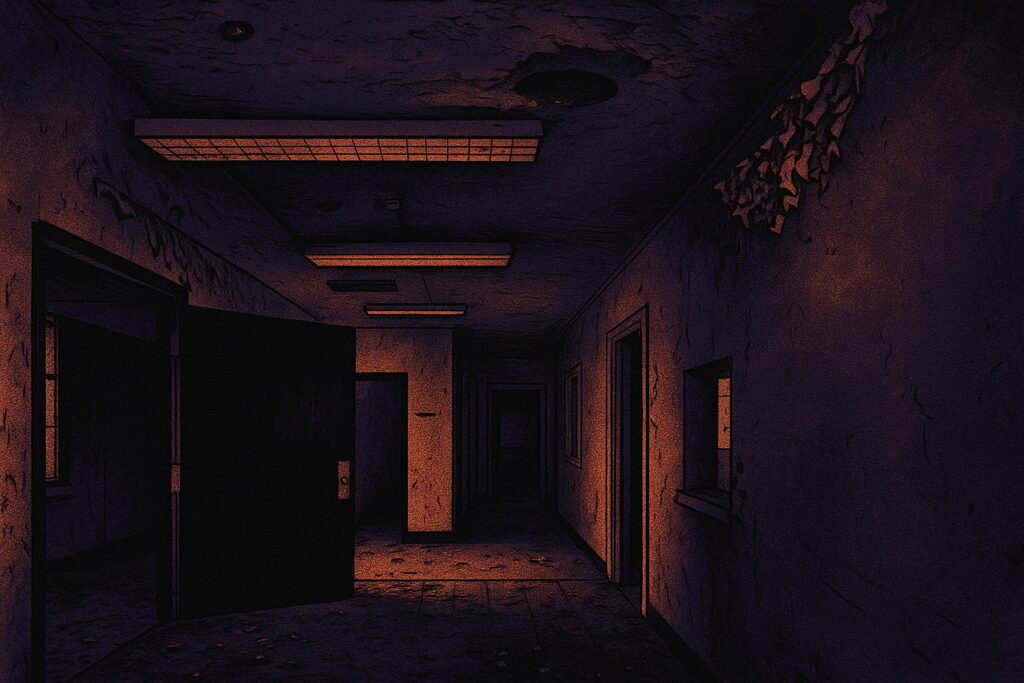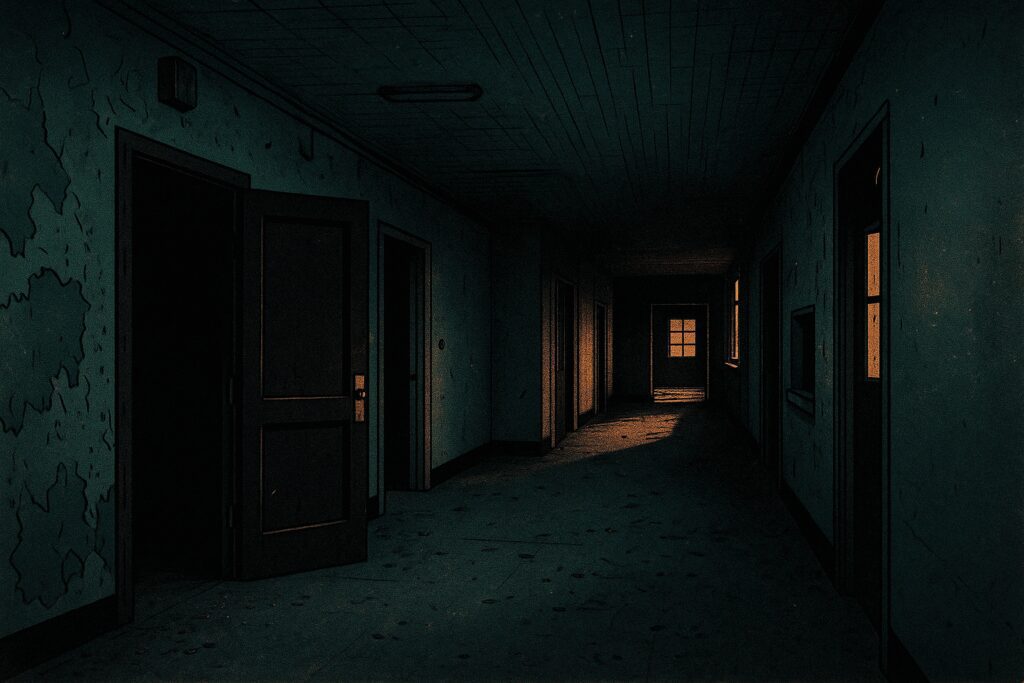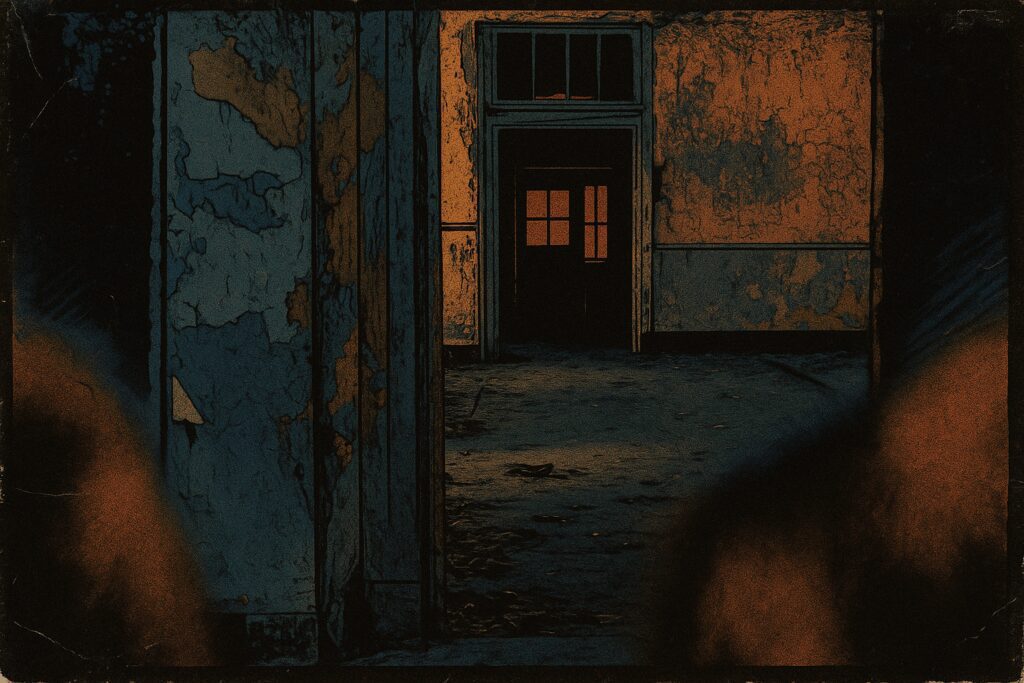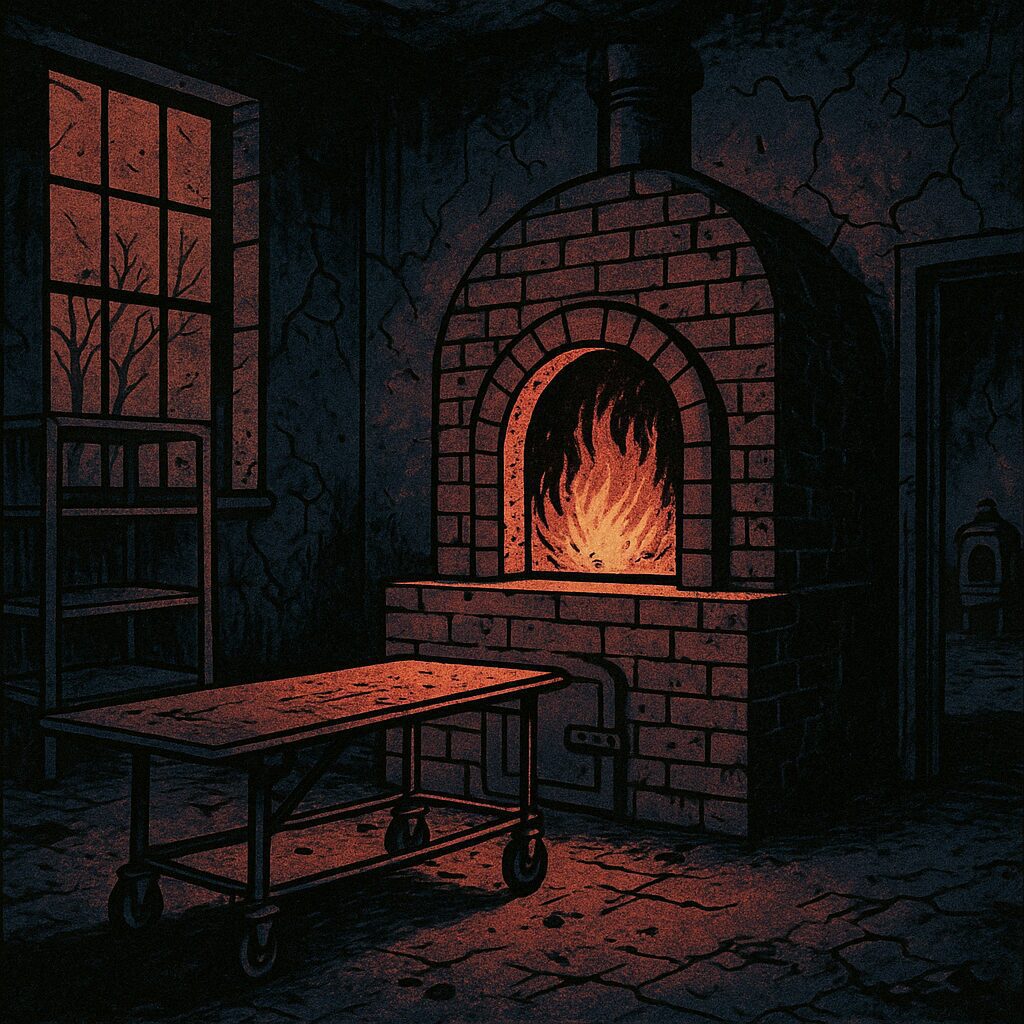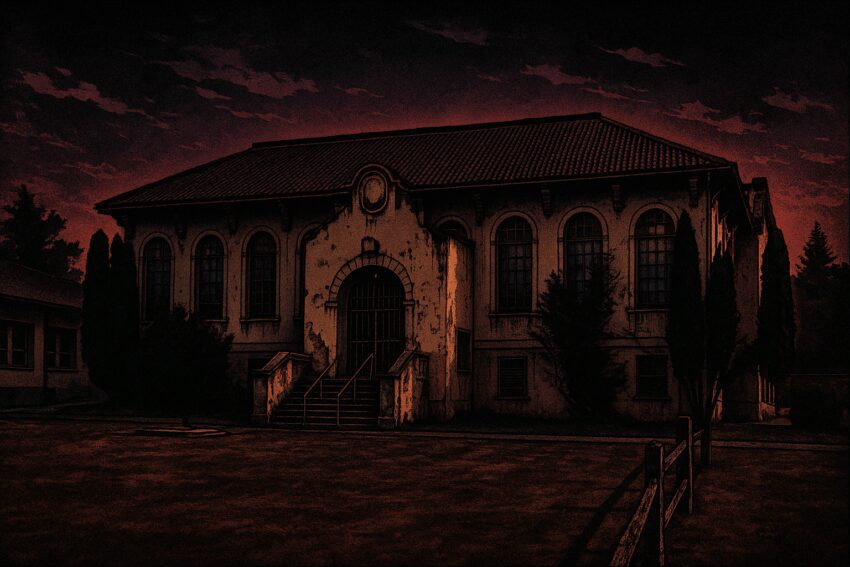
The Dark History of Northern State Hospital
Nestled along the foothills of the Cascade Mountains sits a long abandoned hospital with a notorious and gruesome past. Northern State Hospital meant to use labor to help its patients return to a ‘normal’ life. But, like all good intentions, something more sinister emerged. Get the scoop after the jump.
Table of contents
Northern State Hospital doesn’t look like your typical haunted asylum. At first glance, the Spanish Colonial buildings and sprawling fields nestled in the hills of Sedro-Woolley, Washington, seem peaceful—even beautiful. But don’t let the sunshine fool you. Behind those arched windows and cracked stucco walls lies a history that’s anything but serene.
Northern State Hospital’s Haunted History Timeline
Good Intentions Turn Rotten at Northern State Hospital
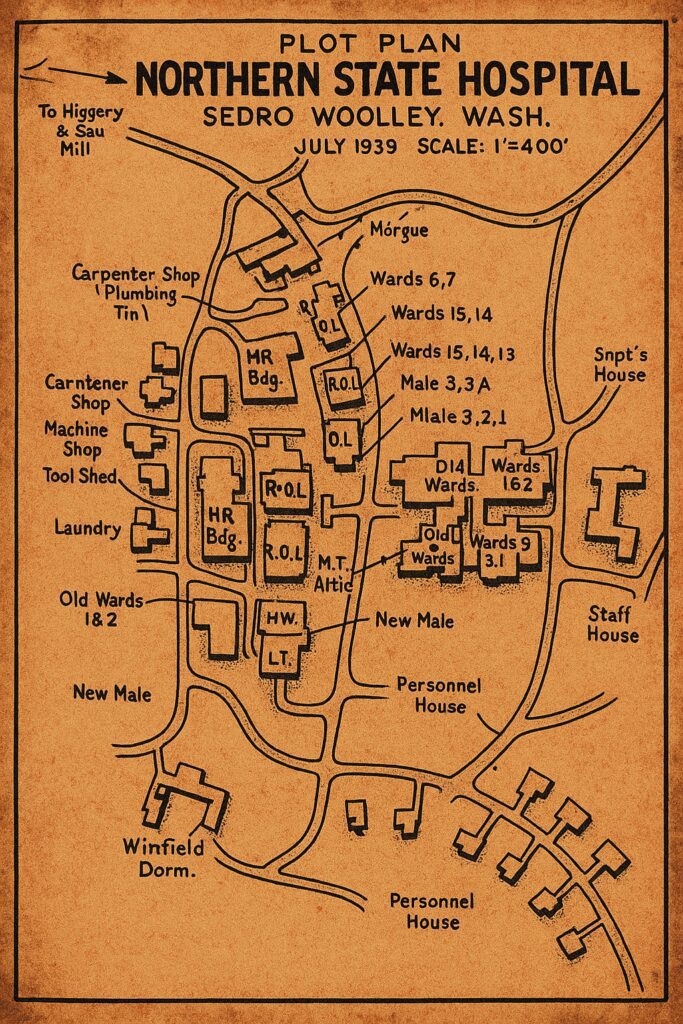
In 1909, Washington state selected this remote location to build a sister hospital to Western State Hospital in Steilacoom. The goal? Relieve overcrowding, provide farm therapy, and remove the mentally ill from the public eye. Patients—mostly men at first—helped build the very place that would confine them.
The original plan was for Northern State to house no more than 1,800 patients. But that number quickly ballooned to over 2,700 by the 1950s, stretching the staff and resources dangerously thin. With so many people packed into aging facilities, illness spread easily. Tuberculosis and influenza swept through the wards in multiple waves, especially during the 1920s and 1930s, claiming dozens of lives. While many patient deaths were natural or from complications, some were due to neglect or abuse.
One such tragedy happened in 1922, when a patient named Charles M. Anderson was murdered by another resident. Reports from the time indicate Anderson was struck repeatedly with a blunt object after an argument escalated. The staff were criticized for leaving dangerous patients unsupervised. The incident sparked an inquiry into the hospital’s safety protocols, but no lasting changes were implemented.

Note: This appears to be an urban legend. A Charles Anderson did die at the hospital in 1924 from “acute mania.” Two people were murdered on-site, James Hulen in 1921 and John Shellack in 1922. Another patient, John Hesford, died under mysterious circumstances in 1928. Believe me, there’s a lot more shady shenanigans, but I’ll stop here because this article could go novel length.
Not all staff left a legacy of care. Superintendent Dr. Charles H. Jones, who oversaw the hospital in the 1920s and 1930s, was praised publicly but known behind closed doors for endorsing radical treatments and allowing experimental procedures without oversight. Nurses and junior doctors sometimes complained, but whistleblowers were silenced or dismissed.
These events were rarely mentioned in official reports. But they linger in patient files, death records, and the memories of those who worked there.
Patients Used As Labor, Not Therapy
On paper, work was considered therapeutic. Patients milked cows, baked bread, made uniforms, and tended crops as part of their treatment. But the reality was far more complicated. These tasks weren’t optional. Patients weren’t compensated. And often, they worked long hours under supervision in conditions that mirrored indentured labor. For administrators, the benefit was clear: the hospital became nearly self-sufficient, producing much of its own food, clothing, and supplies. What some saw as occupational therapy, others rightly recognized as forced labor that boosted the hospital’s bottom line.
Gruesome Experiments Behind Closed Doors

Like many hospitals of its time, Northern State used treatments we now consider horrifying. Electroshock therapy. Insulin-induced comas. Ice water baths. Lobotomies.
There are rumors of restraint chambers and padded rooms used for days at a time—sometimes longer. Some patients underwent repeated shock therapy without breaks, while others were subjected to isolation and starvation as behavioral control.
Between 1954 and 1958, the hospital participated in radiation experiments on unwitting patients. The University of Washington injected radioactive iron (Iron-55) into individuals to study how the body absorbed it. These experiments were part of a nationwide initiative backed by government agencies during the Cold War. Consent wasn’t part of the equation.
Washington also had eugenics laws on the books. That meant some patients—especially those deemed ‘unfit’ or ‘immoral’—were forcibly sterilized. These included young women institutionalized for behavior considered sexually deviant or disobedient. We may never know how many lives were quietly erased in the name of progress.
Forgotten in Life, Forgotten in Death

There’s a cemetery on the edge of the property. It’s quiet. Overgrown. Most graves are marked with numbers, not names. Some are missing markers entirely. From 1913 to 1972, nearly 1,500 patients were buried here, many without ceremony. In 1983, more than 200 cans of cremated remains were discovered in hospital storage—forgotten for a decade after the facility shut down.
The reasons for death varied: tuberculosis, pneumonia, influenza, malnutrition, suicide, and complications from treatments like insulin coma therapy or lobotomies. Some patients were victims of abuse or neglect, quietly buried without inquiry. Because of the stigma surrounding mental illness, few families claimed the remains. Death records often list only initials or case numbers.
Bodies were sometimes cremated without consent. Others were interred hastily in shallow graves. The cremains were stored in rusty metal cans, stacked in boxes and pushed into back closets until their rediscovery decades later.
Volunteers and historians have since worked to restore dignity to the dead, cross-referencing death records and cemetery maps to match names to numbers. But many names are still missing. It’s a place for the forgotten, left with little more than a number, a plot of earth, and—perhaps—a story still waiting to be told.
The Ghost Stories of Northern State Hospital
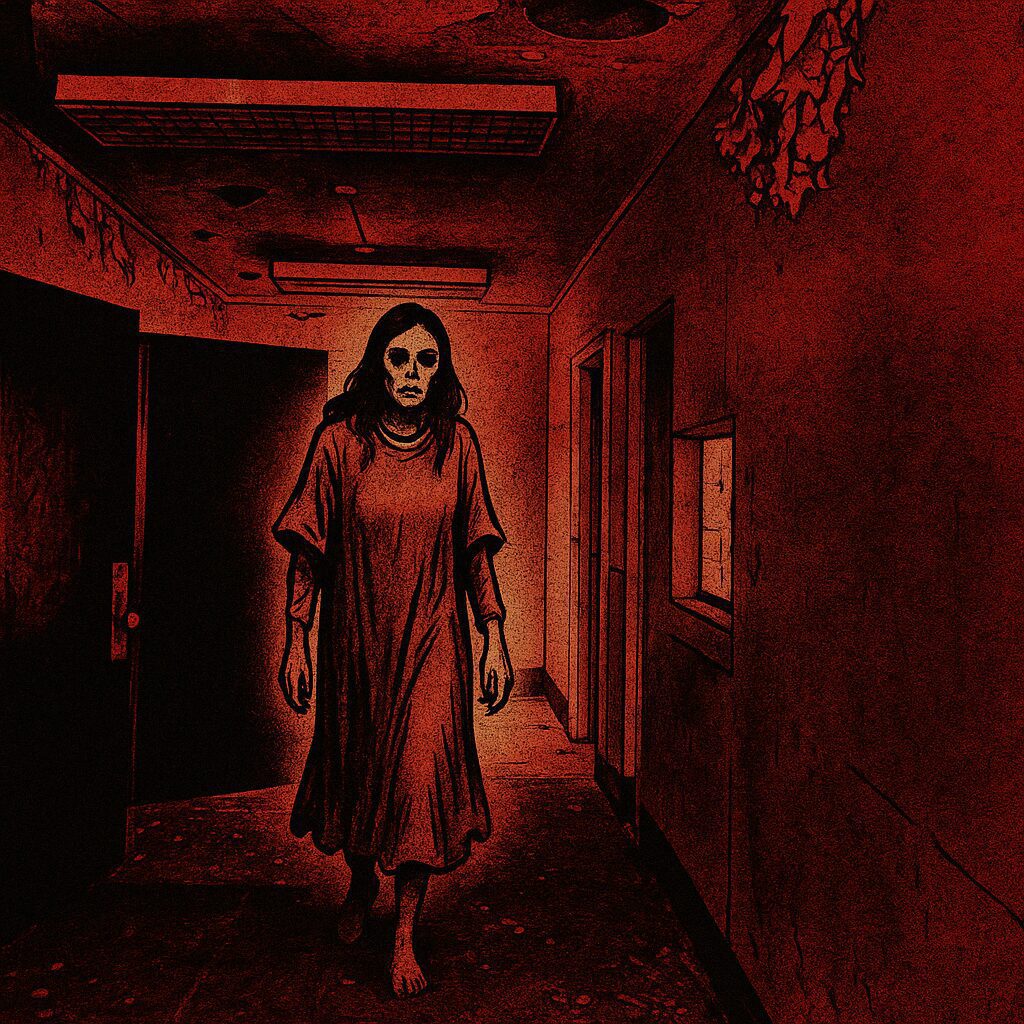
It’s no surprise that the hospital has a haunted reputation. Visitors and explorers report shadow figures, phantom footsteps, and distant whispers. Some say they’ve seen a nurse vanish through a wall. Others claim to hear crying in the old wards.
One common report is a heavy, dragging sound echoing down the tunnels at night. These tunnels were once used to transport food, laundry, and occasionally patients. They’ve since been sealed, but some say you can still hear the sounds of footsteps and groaning from below ground.
Urban legend? Maybe. But too many stories overlap.
Some people claim to have seen a woman in a white gown staring out a third-story window. Others talk about lights flickering inside buildings with no power. And there’s the so-called “Surgeon’s Hall,” where a few investigators swear they saw surgical lights flicker on while the temperature dropped nearly 20 degrees.
Then there’s the ghost of the boy in the orchard. Local legend says a young patient wandered off and was never found. Now, people say they see a figure running between the trees, only to disappear when approached.
What Remains Today

The hospital closed in 1973, a casualty of shifting mental health care philosophies. As the country moved toward deinstitutionalization, large facilities like Northern State were seen as relics of a darker past. Funding dried up. Staff and patients were transferred elsewhere. Some patients were simply released with nowhere to go.
There wasn’t much ceremony about the closure. No big headlines. Just a quiet end to decades of silence and suffering.
Some of the hospital’s buildings were later reused by Job Corps. Others were sealed up or abandoned. The grounds are now part of the Northern State Recreation Area. Trails wind through the old farmland and along the forest’s edge. You can walk past the old wards and admire the architecture. You can even visit the cemetery.
But don’t go in the buildings. They’re unstable. And maybe—just maybe—something inside doesn’t want to be disturbed.
If you visit, walk with respect. Listen carefully. And remember, what was buried here isn’t just bones: It’s a story waiting to be heard.
Ghostly Activities Experience At Northern State Hospital
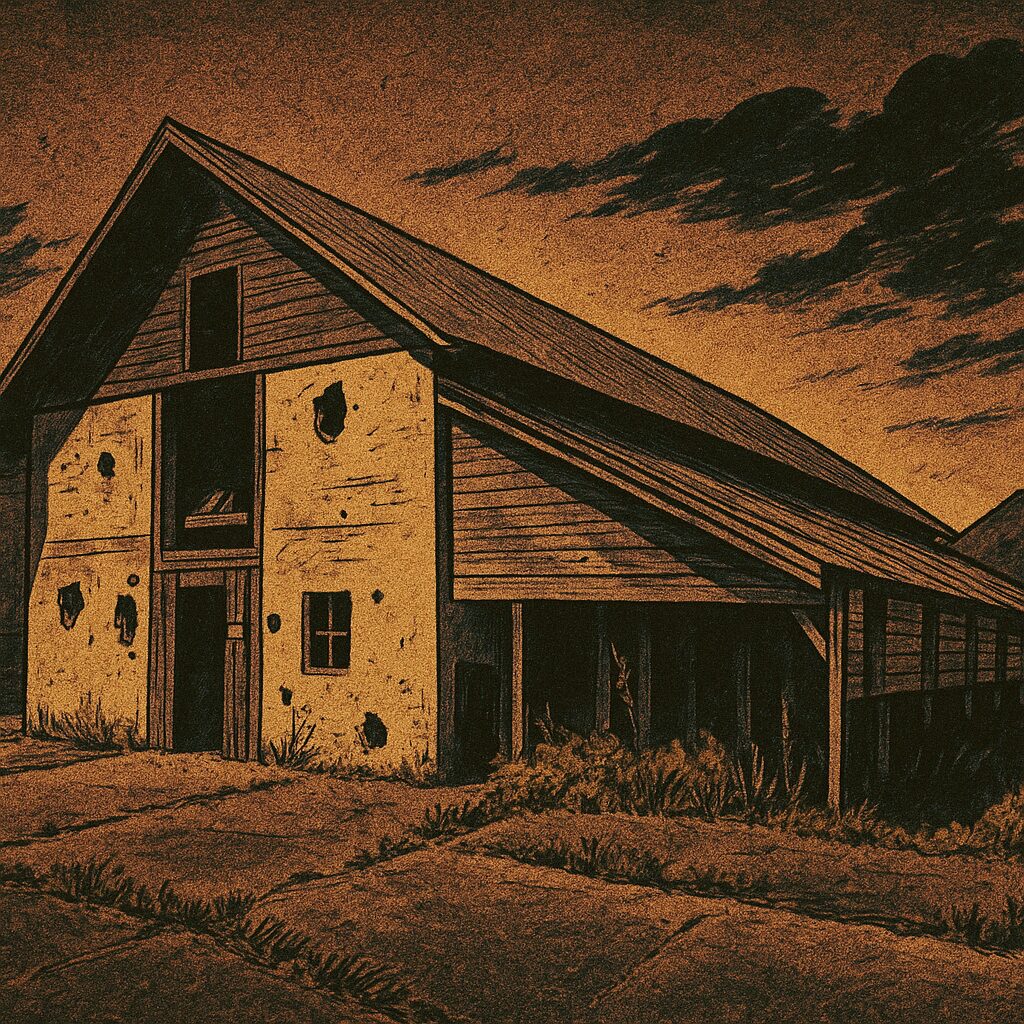
So … we’ve been there. A couple of times. It’s actually a tough place to investigate. There are people hiking around, drones flying, a busy highway nearby, and it closes at dusk. From an investigation standpoint, Northern State is a bust.
However, it’s great if you want to take an expedition, which just means you want to check out the sites and imagine all that dark history that happened there. Many of the buildings are in bad shape, so you want to be careful. Around the former campus, you’ll find a many old buildings collapsing from years of neglect. But the cemetery, with nearly 1500 people interred in what looks like a lawn, is still in great shape.
If you want to check out our expeditions, you can find them below:
https://ghostlyactivities.com/northern-state-hospital-expedition-in-sedro-woolley-wa/
https://ghostlyactivities.com/northern-state-hospital-expedition-sedro-wooley-wa/
Sources
“Northern State Hospital.” Wikipedia, Wikimedia Foundation, https://en.wikipedia.org/wiki/Northern_State_Hospital. Accessed April 2025.
Thompson, Lynn. “The Lost Patients of Washington’s Abandoned Psychiatric Hospital.” The Seattle Times, 2023, https://projects.seattletimes.com/2023/local/lost-patients-WA-abandoned-psychiatric-hospital. Accessed April 2025.
“Northern State Hospital Historic District.” Washington State Department of Archaeology and Historic Preservation, https://dahp.wa.gov/historic-register. Accessed April 2025.
Atlas Obscura. “Northern State Mental Hospital Farm.” Atlas Obscura, https://www.atlasobscura.com/places/northern-state-mental-hospital-farm. Accessed April 2025.
“Haunted Northern State Hospital in Sedro-Woolley, WA.” Thirteenth Floor, 2022, https://thirteenthfloor.us/northern-state-hospital-haunting/. Accessed April 2025.
Northern State Hospital. “Northern State Hospital.” Northern State Hospital, https://www.northernstatehospital.org/. Accessed April 2025.
U.S. Department of Energy. “Human Radiation Experiments: The Department of Energy Roadmap to the Story and the Records.” DOE Openness Initiative, Feb. 1995, https://ehss.energy.gov/ohre/roadmap/index.html. Accessed April 2025.
Black, Edwin. War Against the Weak: Eugenics and America’s Campaign to Create a Master Race. Four Walls Eight Windows, 2003.
Moss, William and Roger Eckhardt. “The Human Plutonium Injection Experiments.” Los Alamos Science, no. 23 (1995): 177-233. Accessed April 2025.
If you’ve had an experience at Northern State Hospital, let me know in the comments below.
Thanks for reading Ghostly Activities. Much appreciated and take care!

